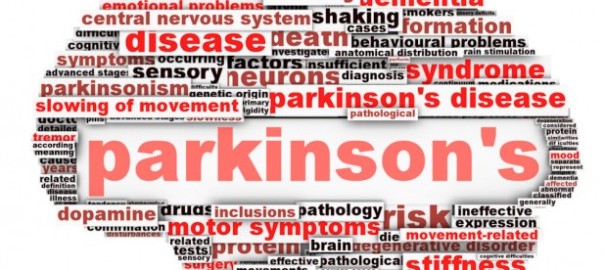New Hope for Parkinson’s Patients

More people in America have Parkinson’s disease than muscular dystrophy, multiple sclerosis, and Lou Gehrig’s disease combined. Approximately 60,000 new cases are diagnosed each year, but many more go undetected. Worldwide, it is predicted that 7 to 10 million people are living with Parkinson’s.
Parkinson’s is more common in men and its incidence increases with age. In the United States alone, the direct and indirect costs of the disease are estimated at 25 billion dollars annually. Every person with Parkinson’s spends an average of $2,500 on medications every year. There is no known cure for Parkinson’s disease.
What is Parkinson’s disease?
A gradual degeneration of neurons in the part of the brain that controls movement leads to the characteristic symptoms of Parkinson’s disease. Starting with barely noticeable stiffness or weakness in a limb or a fine resting tremor of the hand, the disease progresses until the tremor becomes worse, movements slow down, muscles stiffen up, and balance and coordination decline. In advanced cases, depression and problems with cognition are common.
There is a fine balance between two chemicals in the brain—dopamine and acetylcholine—which are essential for the transmission of nerve signals. In Parkinson’s patients, the dopamine-producing cells degenerate. Parkinson’s patients have an insufficient amount of dopamine in their brains.
How is Parkinson’s disease treated?
Although Parkinson’s disease cannot be cured, it can be treated. Medications can relieve the symptoms of the disease by increasing the levels of dopamine in the brain or mimicking the function of this compound. However, there are many side effects from these medications and they may not be easily tolerated by all patients. Surgery is an option only if medications fail to adequately control symptoms.
How can stem cell therapy help people with Parkinson’s?
Because Parkinson’s is the result of degenerating nerve cells, it is postulated that transplantation of neural stem cells can potentially treat the disease by serving as a renewable source of healthy brain tissue.
What has the research shown?
The results of a study soon to be published in the journal Cell Transplantation have indicated that in non-human primates the grafting of parthenogenetic neural stem cells was beneficial in the recovery from Parkinson’s. The test subjects showed improvement in behavior and higher concentrations of dopamine in the brain over a 12-month period compared to a control group. These results are encouraging and will serve as the initial step in obtaining approval for the world’s first cell-based therapy for Parkinson’s disease.
Is it ethical to use these cells?
There is an ongoing controversy about the use of fetal neural tissue from human embryos. The use of parthenogenetic stem cells is a more acceptable alternative because these cells are derived from unfertilized oocytes in the ovary rather than a potentially viable human embryo. Cell-based therapies are promising treatments for Parkinson’s disease in the future. Parthenogenetic stem cells have the same characteristics as embryonic stem cells and can provide an unlimited supply of neural cells for grafting into Parkinson’s patients.
References:


